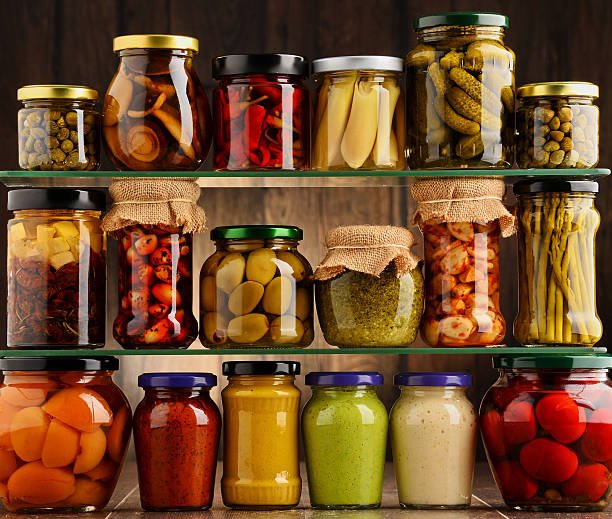Food waste is a global problem, impacting our environment, our economy, and even our food security. But the good news is, that we can all play a part in conserving food and creating a more sustainable future, starting in our kitchens.

The Question: How Can We Conserve Food?
The answer lies in smart planning, mindful storage, and creative culinary skills. Here’s a step-by-step guide to reducing food waste and making the most of what we buy:
1. Plan Your Meals and Shop Smart:
- Don’t Wing It: Before heading to the grocery store, make a meal plan for the week. This helps avoid impulse purchases and ensures you only buy what you’ll actually use.
- Check Your Fridge First: Take stock of what you already have before you shop. That forgotten container of leftover pasta sauce could become the star ingredient in your next meal.
- Bulk Buying With a Plan: Bulk buying can be a budget-saver, but only if you use it. Consider freezing excess or sharing with friends and neighbours.
2. Store Food Properly to Extend Its Lifespan:
- First In, First Out (FIFO): Rotate your groceries, using older items first. That bag of flour in the back of the pantry? Bring it to the front!
- Keep It Cool: Refrigerate or freeze perishable foods promptly. A quick trip to the freezer can save a bunch of bananas from going bad.
- Airtight Protection: Use airtight containers to prevent moisture loss and keep food fresh. Dry goods like beans and rice will stay fresh longer in sealed containers.
3. Transform Leftovers into Culinary Gold:
- Think Outside the Box: Leftovers can become new dishes! Soup, stew, salads, frittatas – the possibilities are endless.
- Freeze for Later: Portion out leftovers and freeze them for busy nights. Leftover chili? Freeze it in individual portions for a quick and easy meal later.
- Compost for a Greener Garden: If you have a garden, start composting food scraps to create nutrient-rich soil. It’s a win-win for your plants and the environment.
4. Embrace Imperfect Produce:
- Don’t Judge by Appearance: Many fruits and vegetables are perfectly edible even if they have minor blemishes.
- Support Local Farmers: Buy imperfect produce from local farms, often at a discounted price.
- Ugly Produce, Delicious Dishes: Use imperfect fruits and vegetables in smoothies, baked goods, or jams.
5. Reduce Waste at Restaurants:
- Order Wisely: Opt for smaller portions, share dishes, or take home leftovers.
- Speak Up: Let restaurants know you appreciate their efforts to reduce food waste.
- Support Sustainable Eateries: Patronize restaurants that prioritize food conservation practices.
6. Educate Yourself and Spread the Word:
- Know the Impact: Educate yourself about food waste and its environmental and economic costs.
- Share the Knowledge: Talk to friends and family about simple ways to reduce food waste.
- Get Involved: Support organizations working to address food waste and hunger.